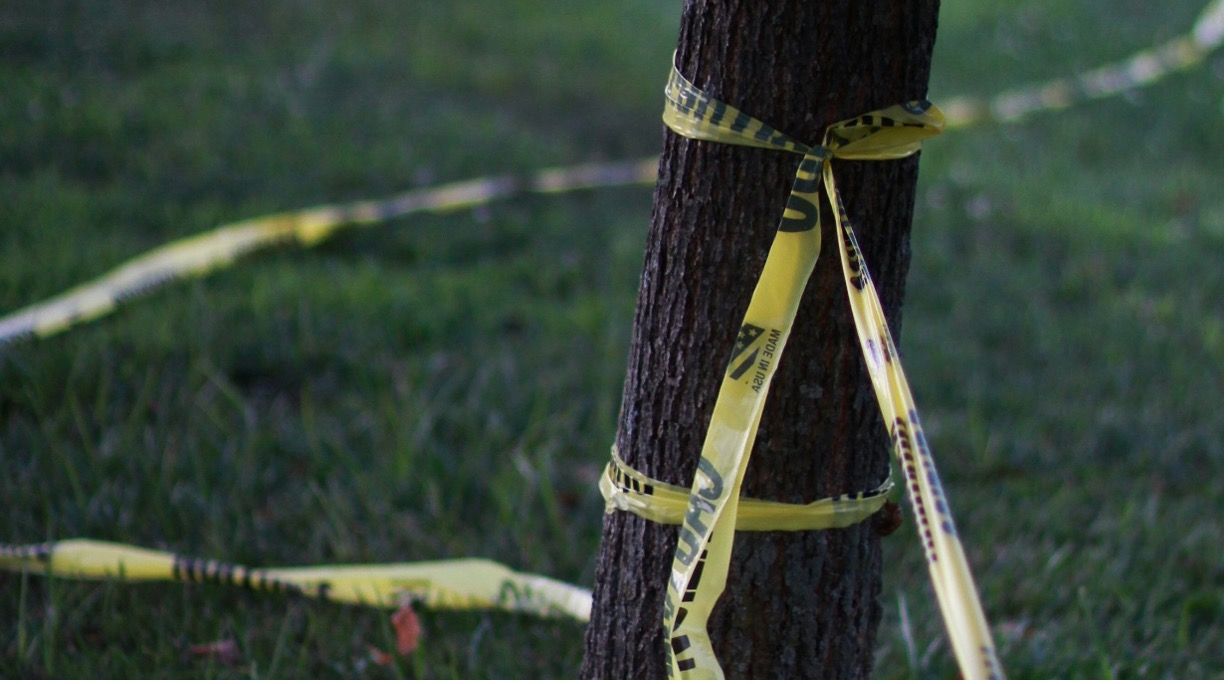By: Craig Cable
Director of Agency Growth
Lightwell Insurance Advisors of Colorado
Since the recent attack at the Latter-day Saints (LDS) church in Grand Blanc, Michigan, my inbox and voicemail have been flooded with questions and concerns from church staff, school administrators, and safety team leaders. Because of my roles with Lightwell, the Larimer County Sheriff’s Office as a Threat Liaison Officer, and as head of security for a large multi-campus church, many are looking to me for answers and practical steps to prevent a potential attack at their own places of worship.
While I could have included several points, I’ve chosen to focus on two key takeaways that churches often overlook.
Looking at Trends and Patterns
In the case of the LDS church, the gunman signaled his intent by first ramming his truck into the front doors. Once inside, he began shooting church members before setting the building on fire.
Contrast this with the recent attack at CrossPointe Community Church near Detroit, Michigan. In that incident, a man exited his truck wearing a tactical vest and carrying both a long gun and a handgun. An observant parishioner noticed him walking toward the front doors and struck him with a vehicle to prevent entry. The gunman was then confronted by two armed members of the security team, who shot and killed him.
In both cases, the attacks began outside the building. Looking at past incidents involving churches and Christian schools, the majority of mass shootings have also started outside. Often, the determining factor in the number of casualties was how quickly the shooter was challenged—or whether obstacles prevented the shooter from entering.
Key Takeaway: Having armed security personnel positioned outside the building is crucial for both deterrence and protection. If you’ve attended one of my training events, you’ve heard me emphasize this repeatedly: it’s far better to engage a potential threat outside than to manage one inside.
At my church, we prioritize exterior security positions—specifically at the children’s ministry doors and the main entrance. These individuals must remain hypervigilant during transitional times when people are arriving or leaving. If something appears suspicious, radio communication should immediately alert others.
Should a situation escalate and an outside threat need to be engaged, security personnel not directly involved should begin lockdown procedures and move people to safety. This kind of coordinated response is only possible when safety teams have practiced realistic, scenario-based training.
Understanding Targeted Violence
According to the FBI’s Behavioral Analysis Unit (BAU), the most common first step in the pathway to violence is the formation of a deeply held grievance—often rooted in real or perceived injustices. These grievances may develop over months or years and can be either openly expressed or concealed.
Regardless of the specific grievance, motives for targeted violence often fall into one or more of the following categories:
Revenge for a perceived injury or slight
A personal quest for “justice” (as defined by the offender)
Desire for notoriety or recognition
Attempt to solve a problem perceived as unbearable
Desire to kill or be killed
The BAU notes that when a person of concern cannot resolve this emotional burden—and no intervention occurs—they may move along a pathway to violence, progressing through ideation, planning, preparation, trial runs, and ultimately, the attack.
Key Takeaway: You can never be certain whether a troubling interaction at your church is a precursor to violence. Our church has dealt with individuals storming out after a sermon, claiming mistreatment by staff, or displaying bizarre behavior—such as talking to themselves, wearing costumes, or even throwing communion cups. We’ve also received vaguely threatening letters and seen veiled threats posted on social media.
While we’ve never experienced an actual attack, we take all incidents seriously. Each situation must be assessed and monitored for escalating behavior or frequency. When warranted, authorities should be notified, and an incident report should be filed.
Closing Thoughts
Our hearts and prayers are with the families and communities impacted by senseless violence. While even one attack is too many, statistically, our houses of worship and Christian schools remain much safer than our homes, workplaces, or public spaces.
I recognize that emotions and concerns rise after mass shootings. Still, our response must remain reasonable and proportional. We must balance the responsibility of safeguarding our spaces with our calling to remain open doors to the community—a place where people can worship freely and experience the love and hope of Jesus Christ.
About the Author
In addition to his role with Lightwell, Craig Cable is a sworn peace officer and serves as a Reserve Deputy Sheriff in the patrol division of the Larimer County Sheriff’s Office. He has trained hundreds of security team leaders and volunteers and was the lead developer of the Safe and Secure Church: The Ministry Approach training kit, produced in partnership with Group Publishing and Brotherhood Mutual Insurance Company.
If you have further questions about protecting your ministry, please feel free to reach out to Craig at ccable@Lightwell.com.
© 2025 Lightwell Colorado, LLC. All rights reserved.
The information in this article is intended to help your ministry better understand issues of vulnerability and mitigate risks. It does not constitute legal advice. If specific legal advice is required, your ministry is encouraged to consult with a local attorney. Neither Brotherhood Mutual Insurance Company, Lightwell Colorado, nor the author assumes liability for reliance upon the information provided in this article.
Photo by Meghan Schiereck on Unsplash
More Blog & News From Lightwell
See MoreGet A Custom Insurance Quote Today.
Let’s illuminate the right insurance protection for your organization.
Find an Agent Request Quote
